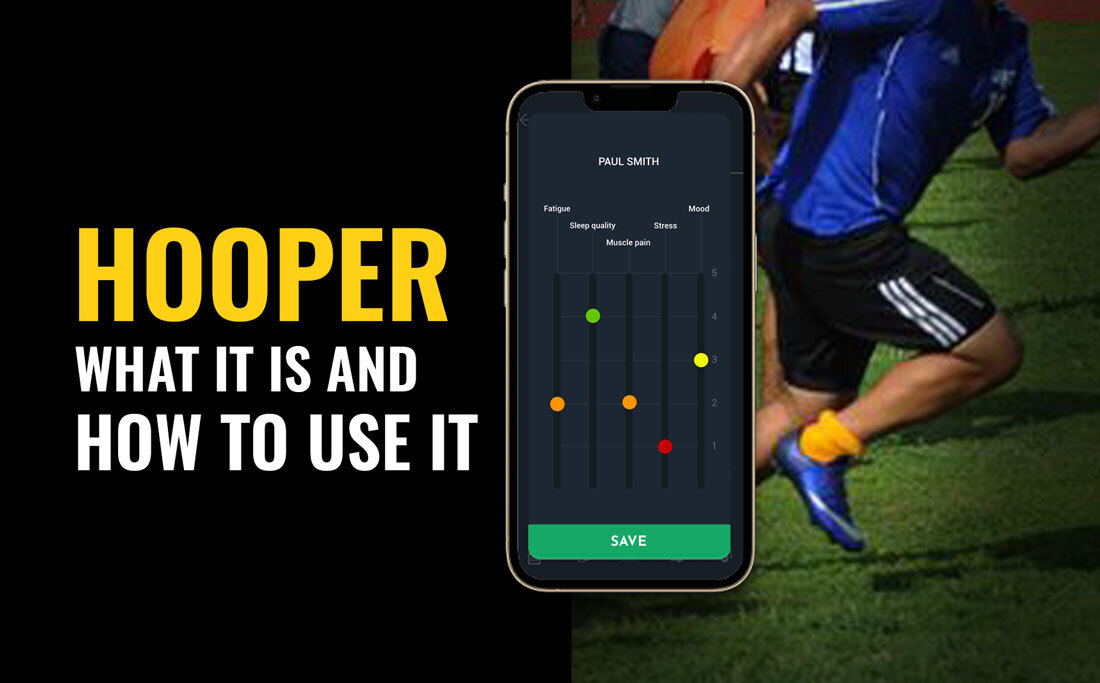Monitor players' fitness level with Hooper Index
Goal

|
Both perceived fatigue and perceived recovery are important. To monitor these parameters coaches can use the Hooper Index |
One of the principles of training is training loads periodization: if the training stimulus stays constant in time, one will obtain limitied adaptations, so it's necessary to alternate between working periods and resting periods.
It is important to know both players perceived fatigue and players perceived recovery.
To monitor these parameters coaches can use the Hooper Index.
WHAT'S HOOPER INDEX
Hooper Index is a brief questionnaire that players should fill in when they wake up in the morning; it's based on 5 questions about:
- sleep quality;
- general fatigue;
- stress level;
- muscle pain;
- mood - willingness to practice.
A player can answer each question by giving a score between 0.5 (very low) a 5 (very good). If the score is low the player hasn't had enough recovery time, if it's high the player feels good.
EXAMPLE
For example, an answer to the question about "Fatigue" with a 1.5 score indicates that the player is still fatigued. So the coach needs to stay alert.
The questionnaire has the objective to let the player be aware of their physical sensations and to help technical staff dose the right training load.

Coaches can see how the team reacts to different training loads during the week and check if their calendar is a bit too congested.
HOW TO USE HOOPER DATA
Hooper scale values are linked to training loads, but they can also give a specific indication on how your player's recovery after practice is going, or after a match, or if they are playing too much or not sleeping enough: all these variables are small alerts on the phsychophysical condition of a player.
Practical example
- Monday: double practice (morning + afternoon) with strenght training
- Wednesday: strenght training
- Friday: recovery
Let's examine the picture below: on top you can see the training load and on the bottom the Hooper chart shows the score on muscle pain.

During Tuesday, Wednesday and Thursday the training load isn't perceived as too heavy, even if there are peaks.
On Monday, training loads per session aren't heavy, but combining them gives a higher value. Pay attention to the answers given the next day, Alert! Attention!
What Hooper tells us: the answer to muscle pain reveals that workloads have been heavy and the team suffered an increase in muscle pain. Was it purposefully like that or was it a mistake? The staff should make a proper assessment.
































































